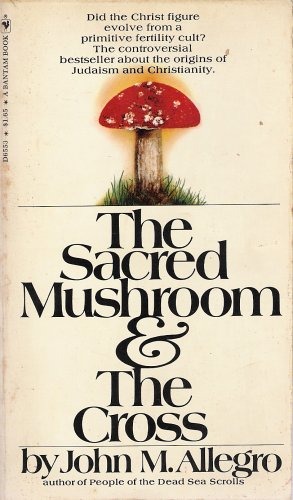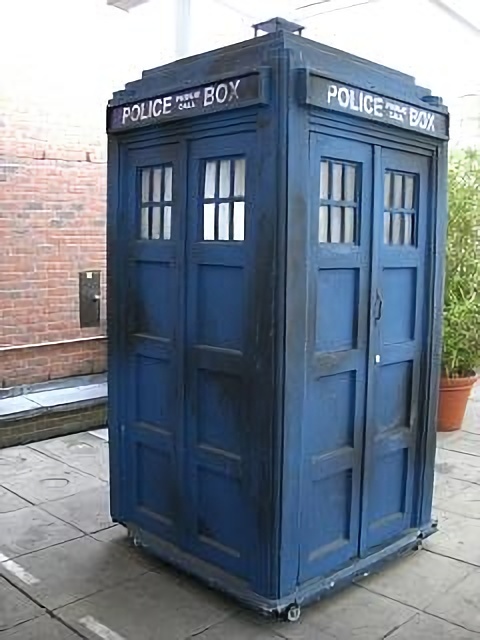 In his book Story, screenwriting teacher Robert McKee says:
In his book Story, screenwriting teacher Robert McKee says:"Because a story is a metaphor for life, we expect it to feel like life, to have the rhythm of life. This rhythm beats between two contradictory desires: On one hand, we desire serenity, harmony, peace, and relaxation, but too much of this day after day and we become bored to the point of ennui, and need therapy. As a result, we also desire challenges, tension, danger, even fear. But too much of this day after day and again we end up in the rubber room. So the rhythm of life swings between these poles."
We all know that in a short story or a novel, the proper pacing is vital to its success. And in the case of mystery/crime fiction, the pace has to be fast. Nobody likes being bored, and nothing is so boring to a reader as a story that drags along and doesn't do something.
Ideally, this building of suspense has to happen throughout the narrative. A good, exciting opening is always important, but the challenge is then to keep up that pace afterward as well. Personally, I'd almost rather read a story or novel that starts slowly than one that starts strong and then bogs down in the middle; if it has a poor beginning I can at least stop reading sooner. As I've said before, there are too many good books and stories and movies out there for me to waste my time reading one or watching one that doesn't hold my interest.
So yes, good pacing is essential. But--as the little boy said to the magician--how do you do it?
At the risk of oversimplifying, here are three ways that we writers can control the pacing of our fiction.
1. Style
 - Dialogue speeds things up; description slows them down
- Dialogue speeds things up; description slows them down- Short, simple sentences speed things up; long, complex sentences slow them down (think Hemingway vs. Faulkner)
- Action verbs speed things up (sprinting vs. running, slamming vs. closing, gulping vs. eating, stomping vs. walking)
- The overuse of certain kinds of punctuation (commas, ellipses, parentheses, etc.) slows things down
- Active voice speeds things up; passive voice slows them down
- Short scenes/chapters speed things up; long scenes/chapters slow them down (think Patterson vs. Michener)
2. Action
As mentioned earlier, the best way to keep the reader interested is to make things happen--preferably exciting things and preferably often. There should be plenty of confrontations, obstacles, and setbacks. Internal struggles of course create tension, but in genre fiction the conflicts should be external as well. According to Jessica Page Morrell in her book Thanks, but This Isn't for Us: "If too many scenes in your story feature a character alone, the story won't work. Especially if in most of the scenes the character is thinking, musing, recalling the past, or sighing. Especially sighing."
3. Reversals
I'm a big fan of plot twists--and by that I don't just mean O. Henry-type surprise endings. I love it when the story takes a sharp and unexpected turn at any point, even near the beginning. It keeps me guessing and therefore keeps me reading. (Or watching. Reference the shower scene in Psycho.) I can't remember who said it, and I'm paraphrasing here, but if you're the writer and you think things might be moving too slowly, that's a good time to have someone burst through the door holding a gun.
Those are just a few thoughts--please feel free to contradict them or to add to the list.
If you want to read some really fast-paced mystery fiction, I suggest stories and novels by the following authors: Lee Child, Harlan Coben, Robert B. Parker, Janet Evanovich, James Patterson, Jack Ritchie, Joe R. Lansdale, and Elmore Leonard.
It won't take you long.













